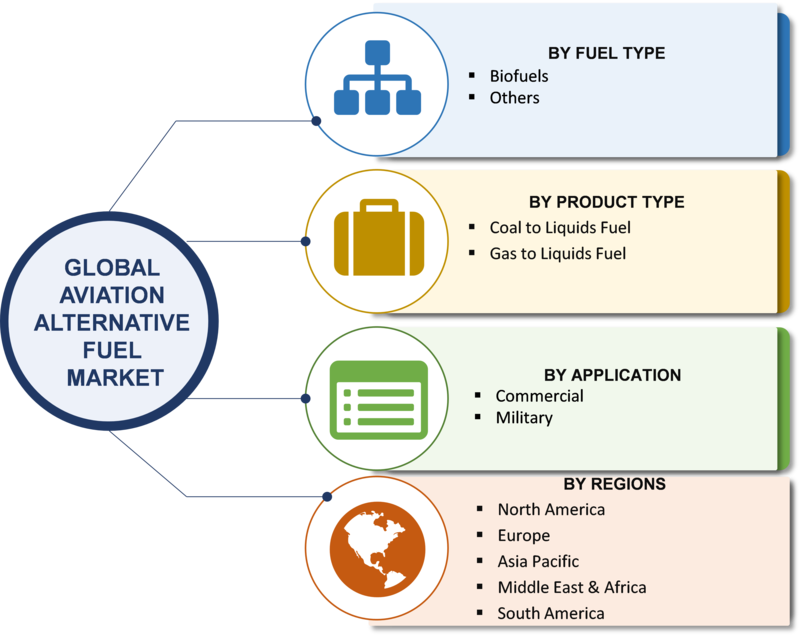
The Future of Biofuels in Aviation: A Sustainable Solution for a Greener Industry
Introduction
The aviation industry has long been dependent on traditional fossil fuels, contributing significantly to greenhouse gas emissions and climate change. However, the growing relevance and importance of biofuels in aviation present a promising solution to mitigate environmental impacts. This article explores the historical background, key concepts and definitions, main discussion points, case studies, current trends, challenges, and future outlook of biofuels in aviation.
Historical Background
The evolution of biofuels in aviation began in the early 2000s when the industry recognized the need for more sustainable fuel sources. Early adoption faced numerous challenges, including high production costs and limited availability. However, significant milestones and developments, such as successful test flights using biofuels, paved the way for further exploration and advancements.
Key Concepts and Definitions
Biofuels are renewable fuels derived from organic matter and can be classified into various types, including biodiesel and bioethanol. Sustainable aviation fuel (SAF) is a specific type of biofuel that meets stringent environmental criteria, such as reduced lifecycle greenhouse gas emissions. Feedstocks, such as plant oils and agricultural residues, serve as raw materials for biofuel production. Blending ratios play a crucial role in the aviation industry, as they determine the proportion of biofuels mixed with traditional jet fuels. Additionally, drop-in fuels, which have composition and performance characteristics comparable to conventional jet fuels, are gaining significance.

Main Discussion Points
Point: Environmental benefits of biofuels in aviation
Biofuels offer significant environmental benefits, including the reduction of greenhouse gas emissions. Through their lifecycle, biofuels emit lower levels of carbon dioxide compared to traditional jet fuels. This reduction contributes to the mitigation of climate change impacts, promoting a greener aviation industry. Furthermore, the use of biofuels improves air quality by reducing emissions of nitrogen oxides and particulate matter.
Point: Technological advancements and innovations
Continual advancements in production methods and processes have made biofuel production more efficient and cost-effective. The availability of diverse feedstock varieties and sourcing options has also increased, ensuring a sustainable supply chain. Additionally, significant investments in infrastructure development and logistics have supported the integration of biofuels into the aviation industry.
Point: Economic implications and feasibility
While the cost-effectiveness of biofuels compared to traditional jet fuels has been a concern, ongoing research and development efforts are driving down production costs. Government policies and incentives, such as tax credits and grants, are encouraging biofuel adoption by airlines. However, market dynamics and challenges, including fluctuating oil prices and limited commercialization, need to be addressed for widespread implementation.

Case Studies or Examples
Major airlines and airports worldwide have embraced biofuel adoption. For instance, KLM Royal Dutch Airlines has been operating flights using sustainable aviation fuel, reducing their carbon footprint. Successful implementation of biofuel initiatives can be seen in regions like Scandinavia, where airports have invested in biofuel production facilities. Collaborations and partnerships between airlines, fuel producers, and research institutions have proven instrumental in advancing biofuel production and utilization.
Current Trends or Developments
The latest research findings and advancements in biofuel technology continue to drive innovation in the aviation industry. Increased investment and funding for biofuel projects have accelerated the development and implementation of sustainable fuel sources. Regulatory frameworks and sustainability criteria are being established to ensure the long-term viability of biofuels in aviation.
Challenges or Controversies
Biofuel production competes with land and water resources, raising concerns about sustainability. Indirect land-use change effects, such as deforestation for feedstock cultivation, require careful consideration. Socioeconomic implications and equity concerns surrounding biofuel production and adoption must be addressed to ensure fair distribution of benefits.

Future Outlook
The potential for scaling up biofuel production and adoption is promising, with ongoing research and technological advancements. Integration with other sustainable aviation initiatives, such as electric aircraft and improved air traffic management, can further enhance the industry’s environmental performance. Anticipated advancements and breakthroughs in biofuel technology hold great promise for a greener and more sustainable aviation industry.
Conclusion
Biofuels in aviation offer a sustainable solution to reduce greenhouse gas emissions, mitigate climate change impacts, and improve air quality. The industry’s historical background, key concepts, and main discussion points highlight the significant potential of biofuels. Through case studies, current trends, challenges, and future outlook, it is evident that biofuels are gaining traction and have a bright future in aviation. The importance of continued research, collaboration, and investment in biofuel technology is crucial to realize the potential benefits and ensure a greener aviation industry.




